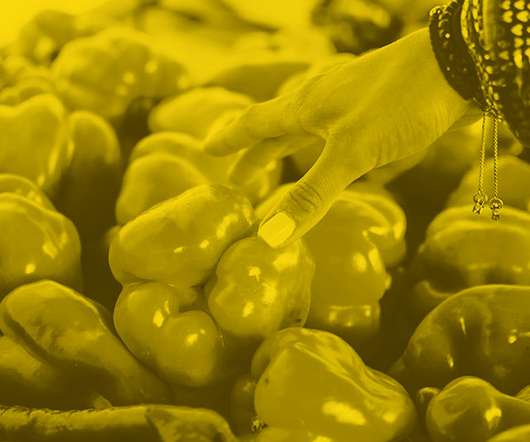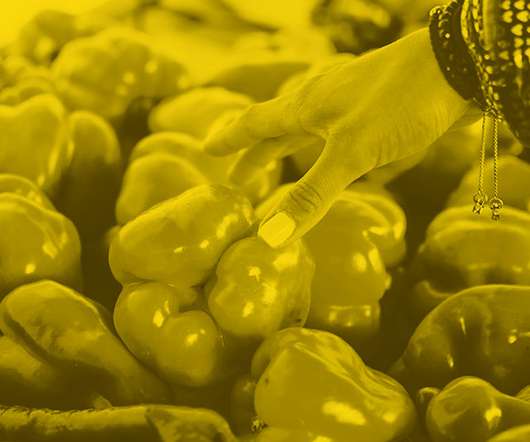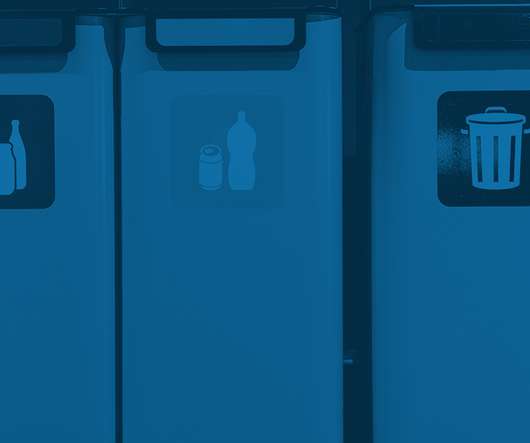How to Reduce Packaging Waste
The Environmental Blog
APRIL 22, 2024
It’s no secret that pollution and waste are big problems in today’s world. Here’s why: Less Pollution When we use less packaging, we create less pollution. But if we use less packaging, we use less energy and make less pollution. All those mountains of packaging waste? But we can change that!


















Let's personalize your content